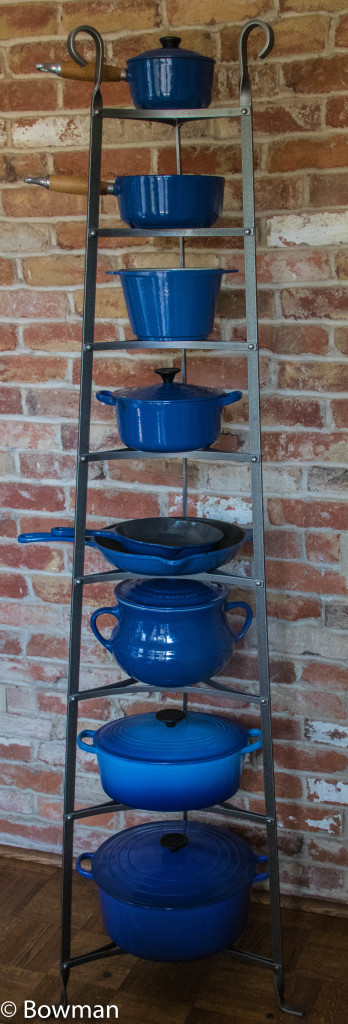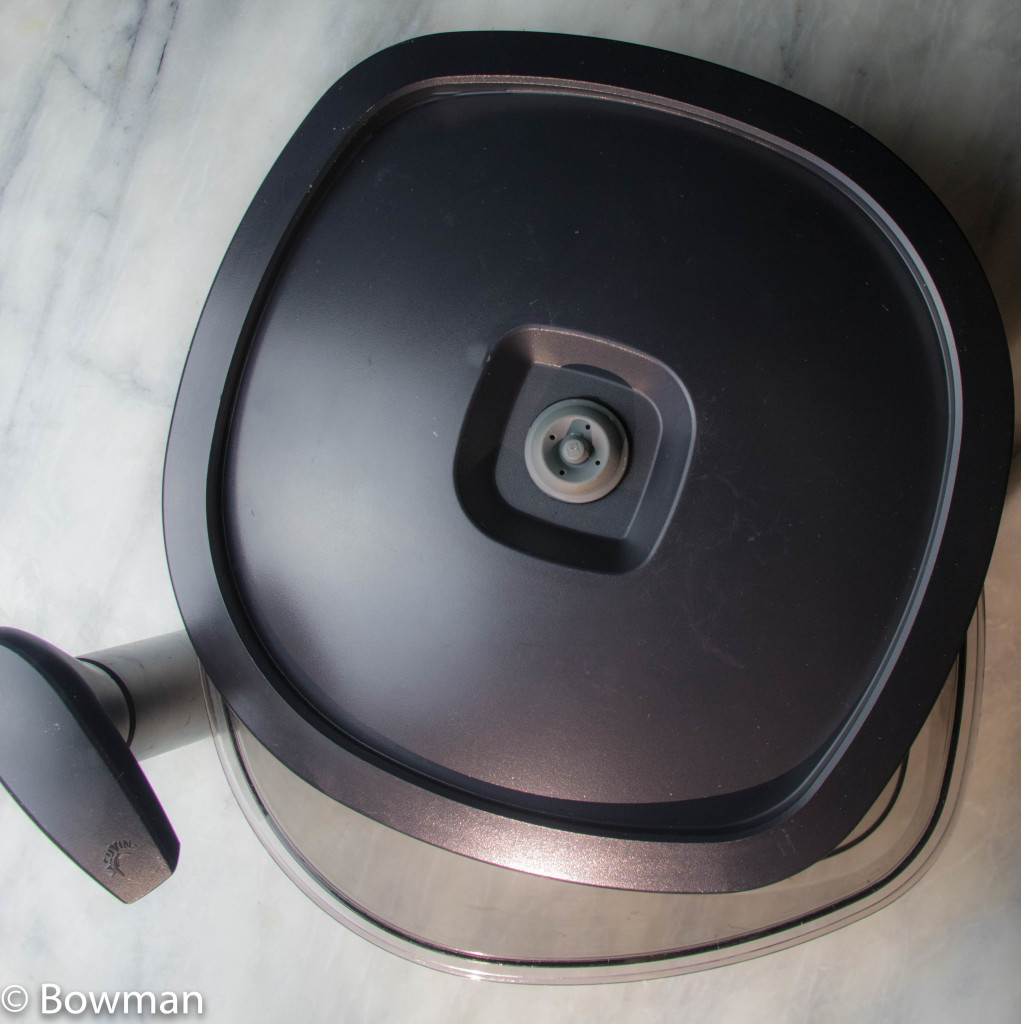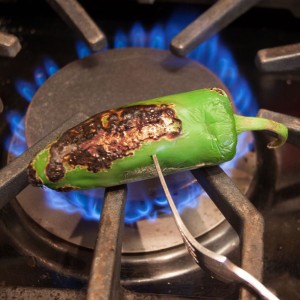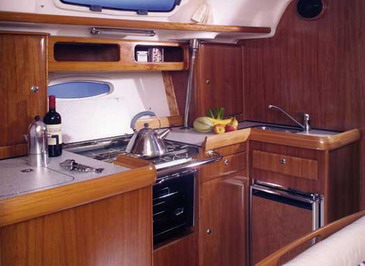What makes cooking different and difficult in a small space is that there is little room to store food or equipment and counter space is quite limited. Restocking from Costco and Sam’s is probably out! Some tips:
- What do you really need when you cook?
I have a small selection of essentials I take with me when we take off sailing for a few weeks. First and foremost, I always take my knives – chef, boning, paring, and maybe a bread knife (I sometimes do this when I go to cook at a friend’s too :-)). Next I take my grater or micro-plane, my nifty peelers and an immersion blender. I also take a whisk and four ramekins – see multi-tasking tools below. Even herbs and spices get pared down. In small zip lock bags I take cumin, smoked paprika, garlic powder, thyme, oregano, and other herbs and spices dictated by the cuisine where we’re sailing such as curry in the BVIs, and Old Bay in the Chesapeake. At home you will want the basic herbs and spices you use often. For special spices and herbs for a particular recipe, look for a store like Whole Foods that sells herbs and spices in bulk containers and buy small amounts. It’s cheaper and there are no jars jamming up your storage space and not being used.
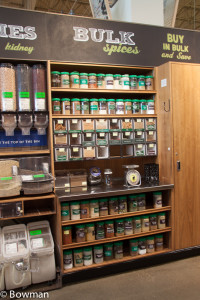
At home I have a bit more space, so the “essential” list is longer. My husband gave me a bit of good advice – put what you use the most within easy reach and only then consider the rest. It actually makes my shelves and drawers aesthetically pleasing as well as workable. Luckily there are shelves in our garage where I store the things I use less often but can’t part with. If I keep pulling an item from the garage, it can come back in. Conversely, if I don’t use an item in the kitchen for 6 months, it goes outside or to the give-away pile.
- Tools must multitask
My ancient 6” wire strainer doubles as my sifter. My big salad bowl is my large mixing bowl. I use a metal teaspoon as a melon baller. I use four ceramic ramekins for prepping bowls, poaching eggs, making individual fruit crisps and for baking muffins and popovers.
- Look for other surfaces that can double as counter space
When I’m cooking I use the boat’s main table and at home my kitchen table as extra counter space. If you don’t have room for a kitchen table where you live, what about a roll-around cart with a wooden top that you can use as extra counter space?
I use my grill as an extra oven and cooktop, both on the boat and at, home for two reasons. The summers can be extremely hot in my part of the country and in most of the places where we sail. I don’t want to turn on the cook top or oven because it heats up the house or boat too much. One summer it was over 103F for more than a month and I did all my cooking on the grill. The other reason is that using the grill this way expands what I can prepare by allowing me to do more in parallel. You might use a counter top oven or microwave, which you can tuck away when not needed.
What can you do to cook more efficiently in a small space?
- First, simplify what you cook
If you have the two burners like on the Bavaria 42 that we sailed on my last trip to Grenada, it limits what and how you can cook. But there are ways around this: one night a friend took one burner for roasting vegetables while I cooked pork chops with a dark rum sauce on the other burner. The wind was howling so we could not use the grill but it all worked out well.
- Read through your recipes to see what you’ll need before you start cooking
Get everything prepped before you start cooking. Think ahead – do you need chopped and sautéed onions in more than one dish? Do you need onions in anything you’ve planned for the next day? Chop all the onions you’ll need, once.
- Have a trash receptacle right at hand
I usually have a small trash can or bag by my feet to clean up my workspace as I go. A dog works almost as well but needs more maintenance.
- Clean as you go
I have a sink filled with soapy water waiting while I cook so I can get ahead of the cleaning game. It also makes it easy to rinse and reuse a bowl or knife and ends up using less water than a running faucet.
.

